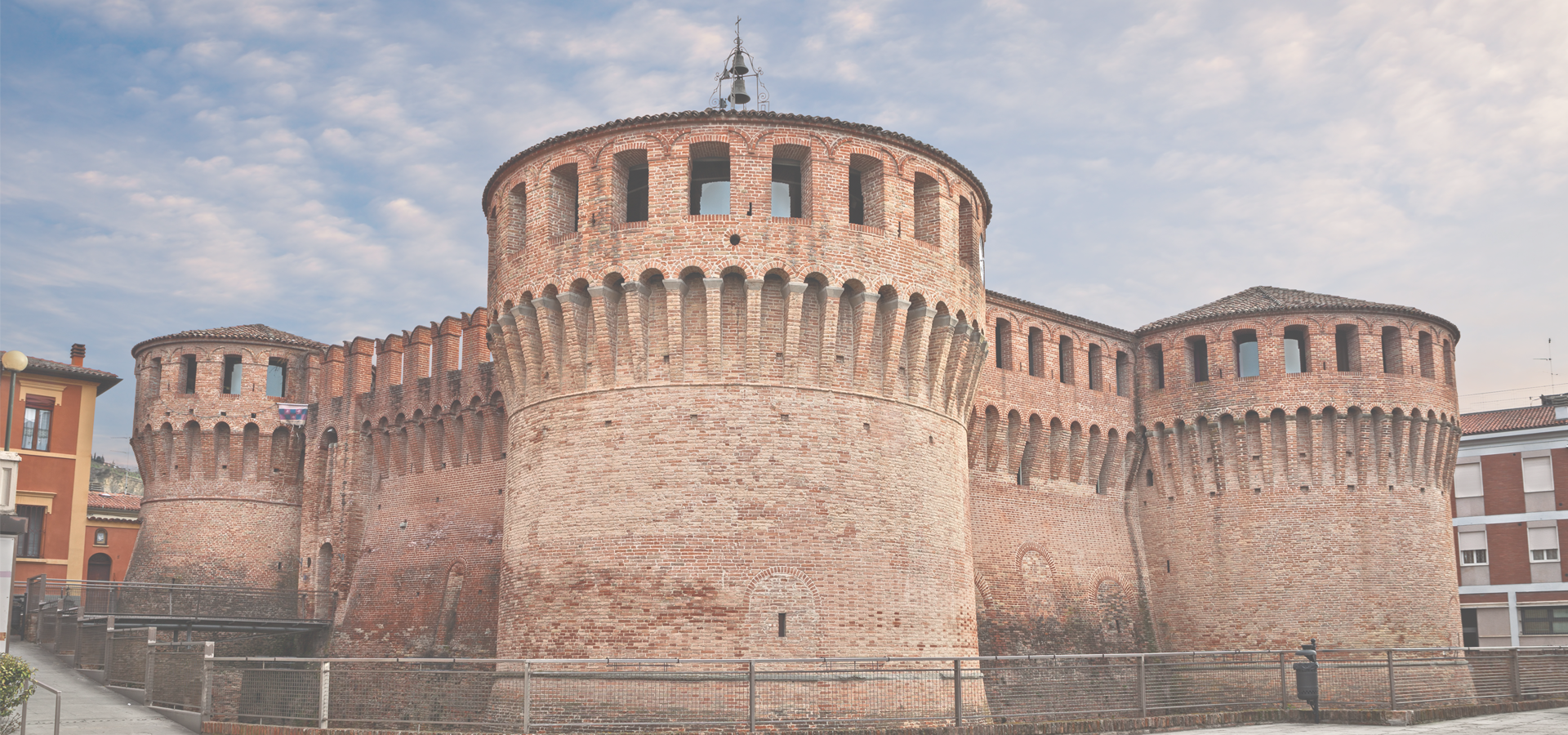Lugo, Province of Ravenna, Emilia-Romagna, Italy
🇮🇹 Lugo is a town and comune in the northern Italian region of Emilia-Romagna, in the province of Ravenna.
History A settlement in where the city is now is mentioned for the first time in 782 AD, but the names Lucus appears only in 1071. In 1161 it was a fief of the Counts of Cunio, but in 1202 it returned to the Papal States. It was later a possession of the da Polenta, Pepoli, Visconti and Este; the latter maintained it until 1597, when the city was again annexed to the Papal States.
In 1424 the Castle of Zagonara (now destroyed) was the seat of the homonymous battle, in which a Milanese army defeated the Florentines.
When in 1797 the French revolutionary forces invaded northern Italy, Barnaba Chiaramonti (later pope as Pius VII), then still Bishop of Imola, addressed his flock to refrain from useless resistance to the overwhelming and threatening forces of the enemy. The town of Lugo refused to submit to the invaders and was delivered up to a pillage which had an end only when the prelate, who had counselled subjection, supplicantly cast himself on his knees before General Augereau.
In 1859, through plebiscite, Lugo joined the newly born Kingdom of Italy. During World War II, the Senio river formed the frontline between the German and Allied occupation areas from December 1944 until 10 April 1945. The city was liberated by the 1st Jaipur Infantry. A memorial to the Jaipur Infantry was built in the city. The city suffered heavy destruction but recovered quickly after the end of the conflict.
On 19 January 1993 the area near Lugo experienced a meteorite airburst with a yield estimated at 10 kilotonnes of TNT (42 TJ)
Tourist Industry • Rocca Estense (Este Castle), the Town Hall from 1797. The current appearance dates from 1500, when the old fortress was rebuilt; the eastern side was erected during the Napoleonic occupation. The interior houses portraits of famous lughesi, a lunette attributed to Mino da Fiesole and a noteworthy 19th-century garden. • The Pavaglione, former 19th century covered market (mainly known for silkworm trade). • The Oratorio of Croce Coperta, with 15th-century frescoes. • The 'Collegiata' church, rebuilt in the 18th century over a 13th-century Franciscan edifice, has a suggestive 15th-century cloister. • San Francesco di Paola (1890), houses a precious polychrome terracotta sculpture of Dead Christ (15th century). • Teatro Rossini, now a 445-seat opera house, completely restored between 1984 and 1986 based on its original conception from 1759 and restoration and expansion in 1821.
Europe/Rome/Provincia_di_Ravenna

Lugo has a population of over 32,320 people. Lugo also forms part of the wider Ravenna Province which has a population of over 391,997 people. Lugo is situated 27 km west of Ravenna.
Twin Towns, Sister Cities Lugo has links with:
🇨🇴 Agustin Codazzi, Colombia 🇫🇷 Choisy-le-Roi, France 🇩🇪 Kulmbach, Germany 🇮🇹 Nervesa della Battaglia, Italy 🇮🇪 Wexford, Ireland 🇮🇱 Yokneam Illit, Israel🇷🇴 Sector 3 (Bucharest) 44.433
🇷🇸 Mladenovac 44.433
🇫🇷 Villeneuve-sur-Lot 44.405
🇺🇸 New London 44.396
🇮🇹 Castelfranco Veneto 11.933
🇸🇪 Gothenburg 11.961
🇩🇪 Halle (Saale) 11.967
🇩🇪 Weißenfels 11.967
🇩🇰 Guldborgsund 11.877
🇩🇰 Nykøbing Falster 11.876
🇩🇪 Burg bei Magdeburg 11.85
🇨🇬 Pointe-Noire 11.846
Locations Near: Lugo 11.9079,44.4165
🇮🇹 Faenza 11.883,44.283 d: 14.9
🇮🇹 Imola 11.716,44.356 d: 16.7
🇮🇹 Forlì 12.042,44.228 d: 23.5
🇮🇹 Ravenna 12.204,44.412 d: 23.5
🇮🇹 Cesena 12.233,44.133 d: 40.8
🇮🇹 Ferrara 11.619,44.838 d: 52.2
🇮🇹 Bologna 11.347,44.494 d: 45.4
🇮🇹 Rovigo 11.79,45.071 d: 73.3
Antipodal to: Lugo -168.092,-44.417
🇹🇴 Nuku'alofa -175.216,-21.136 d: 17344.7
🇦🇸 Pago Pago -170.701,-14.279 d: 16654.9
🇼🇸 Apia -171.76,-13.833 d: 16596.6
🇵🇫 Papeete -149.566,-17.537 d: 16561.9
🇺🇸 Hilo -155.089,19.725 d: 12761.3
🇺🇸 Maui -156.446,20.72 d: 12676
🇺🇸 Maui County -156.617,20.868 d: 12662.6
🇺🇸 Wailuku -156.505,20.894 d: 12657.9